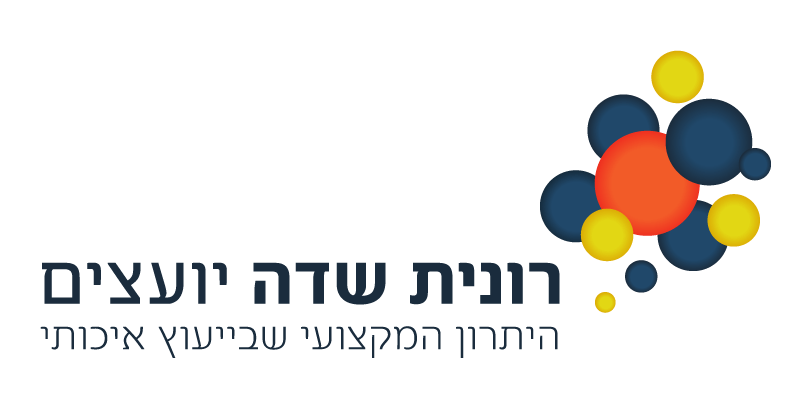Guidelines for Auditing to Ensure Manufacturing Quality: Predicting and Preventing Problems
Pre-Audit Preparation:
- Familiarize yourself with the process to be audited. Understand the manufacturing flow, key control points, and potential risks.
- Review relevant quality management system (QMS) documentation, such as previous audit reports, SOPs (Standard Operating Procedures), control plans, and process performance data.
Planning the Audit:
- Develop an audit plan that identifies the areas to be audited, objectives, timing, and personnel involved.
- Prepare a checklist of points to verify during the audit. This should be based on QMS requirements, relevant regulations, and key process control points.
Executing the Audit:
- Conduct interviews: Speak with personnel at all levels to understand the process, their responsibilities, and how deviations are handled.
- Observe operations: Verify that activities are carried out as documented in SOPs, and check if the required controls are in place.
- Review records: Check if records are being properly maintained and confirm they demonstrate compliance with quality requirements.
Predicting Problems:
- Identify process inefficiencies or vulnerabilities that could potentially lead to quality issues. This could include areas where training is lacking, process controls are not robust, or record-keeping is inadequate.
- Look for any signs of recurring problems, as these may indicate systemic issues that need to be addressed.
Post-Audit Actions:
- Document findings: Prepare an audit report summarizing findings, including areas of non-compliance and potential risks.
- Recommend improvements: Propose corrective actions to address identified issues, and preventive actions to mitigate potential risks.
- Follow-up: Ensure that corrective and preventive actions are implemented, and check their effectiveness during the next audit.
Remember, the aim of quality auditing is not only to identify and correct existing problems, but also to foresee potential problems and prevent them from happening. Regular auditing is a proactive way to assure the quality of your manufacturing process. It's not a one-time activity, but a continuous improvement process.











